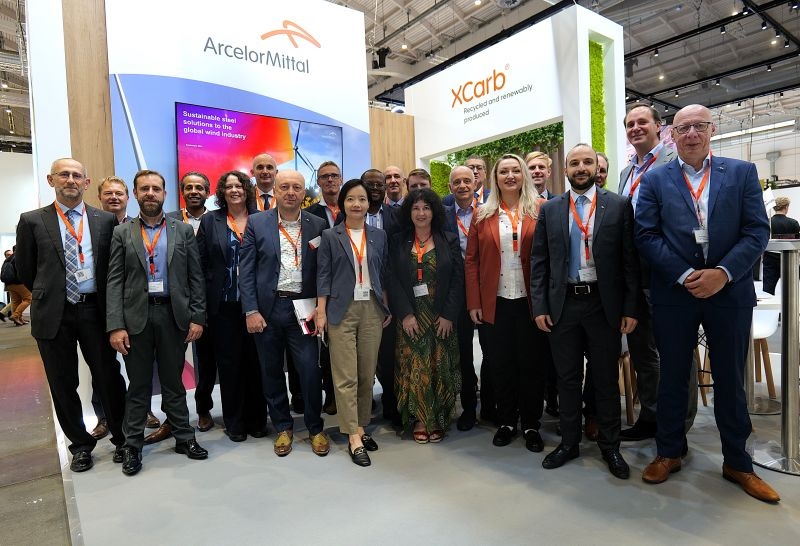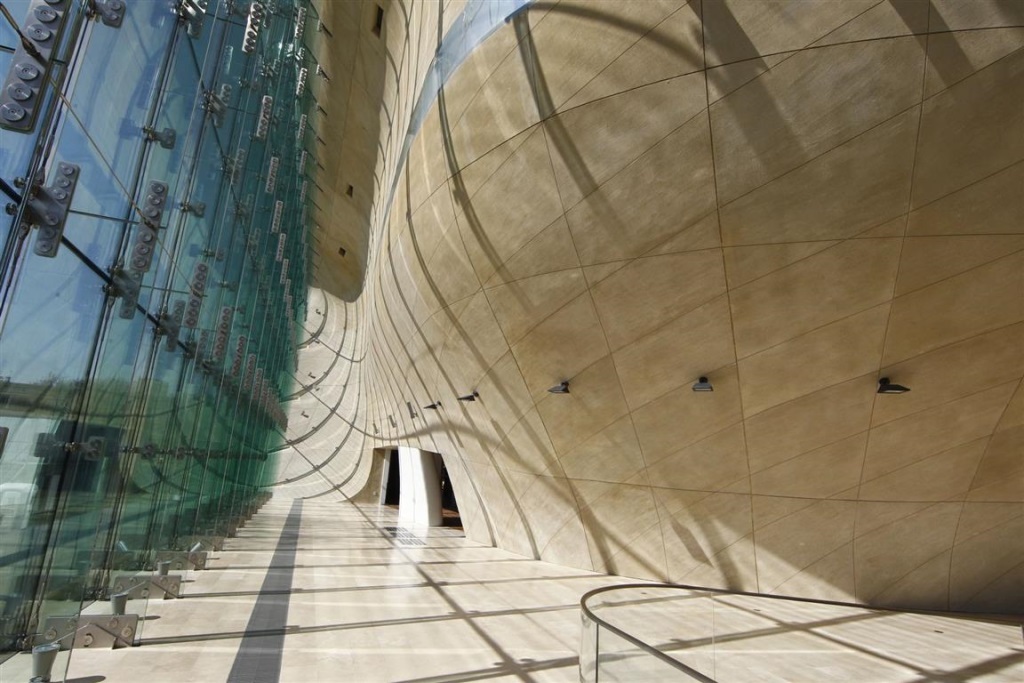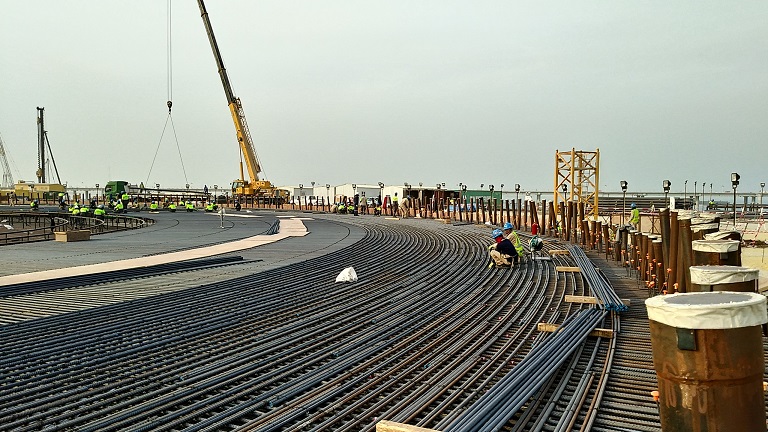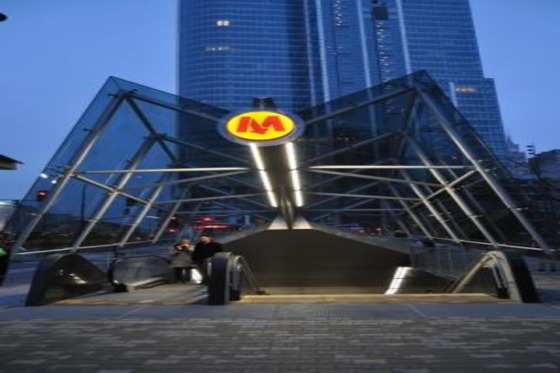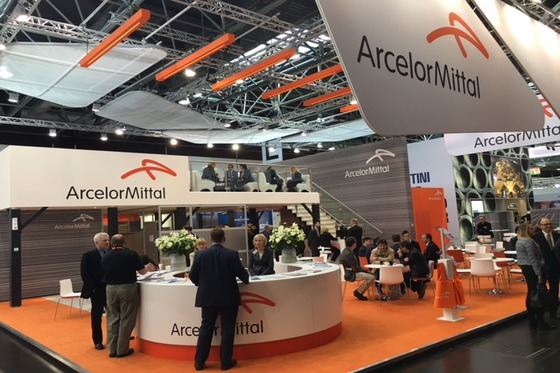Museum of the History of Polish Jews reinforced with ArcelorMittal rebars
Located in the former heart of Jewish Warsaw, the new Museum of the History of Polish Jews is a modern building that houses a centre of culture, education, and research with the mission to recall the thousand years of Jewish history in Poland. ArcelorMittal's contribution to this building is invisible, yet important: 1000 t of rebar were supplied.
The museum: remembering Polish-Jewish history
The main mission of this new museum, regarded as one of the finest public buildings in Warsaw, is “to contribute to the formation of modern individual and collective identities amongst Poles, Jews, Europeans, and citizens of the world by recalling the thousand years of Polish-Jewish history.”
Located in the area that became the Warsaw Ghetto during World War II and prior to that was the heart of Jewish culture in Poland's capital city, the new building is surrounded by a park and faces the Monument to the Ghetto Heroes.
Opened officially on 19 April 2013, the day that marked the 70th anniversary of the Warsaw Ghetto Uprising, the largest act of armed resistance by the Polish Jews in World War II, the museum's vision is to be a platform for social change, offering a profound, transformative experience and promoting new standards of narrating history.
The idea for this museum was born in 1996, but it was not until 2005 when the institution of the Museum of Polish Jews was officially founded by the Association of the Jewish Historical Institute of Poland, the City of Warsaw, and the Polish Ministry of Culture and National Heritage. It is the first institution in Poland that was financed in a public private partnership. Construction was finally started in 2009.
The building and its architecture
The design of this landmark building was developed by the Finnish architectural firm Rainer Mahlamäki & Ilmari Lahdelma.
Square in plan and with the same dimensions of the reformulated area of the Monument to the Ghetto Heroes, the museum consists of a large orthogonal volume offering a total of 12 800 m2 of exhibition space, two thirds of which will be occupied by the core exhibition about the thousand-year history of Polish Jews, which will be officially opened in 2014. Furthermore, it offers temporary exhibition areas, a multi-purpose auditorium, an educational centre, two screening rooms, a restaurant, and a café.
The building is clad in glass and copper, which creates a dynamic interplay between light and form. The glass panels of the facade are decorated with a special screen print pattern of letters of the Hebrew and Latin alphabet forming the word 'Polin,' the Hebrew word for Poland.
In the interior, a curved passageway opens up to the visitors and separates the interior space. Similar to a natural canyon or a cave and lit from above, its curvy walls represent the parting of the seas (Yam Suf), referring to the passage or transcendence between the long trajectory of the Polish Jewish history and a generous opening to a pacific, fertile culture. The walls consist of a complicated structure made of sprayed concrete – a challenge in design and construction.















